Nature News
-

First human ‘pangenome’ aims to catalogue genetic diversity
Researchers release draft results from an ongoing effort to capture the entirety of human genetic variation.
-
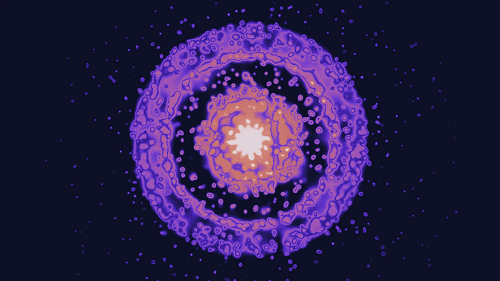
Prehistoric pendant’s DNA reveals the person who held it
An innovative method reveals that an ancient trinket was handled by a woman some 20,000 years ago.
-
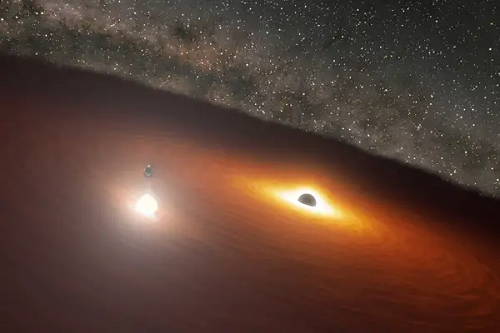
Rewilding the planet
An archipelago constructed of sand and mud is bringing new life to a dead lake but can this bold experiment have a lasting impact?
-
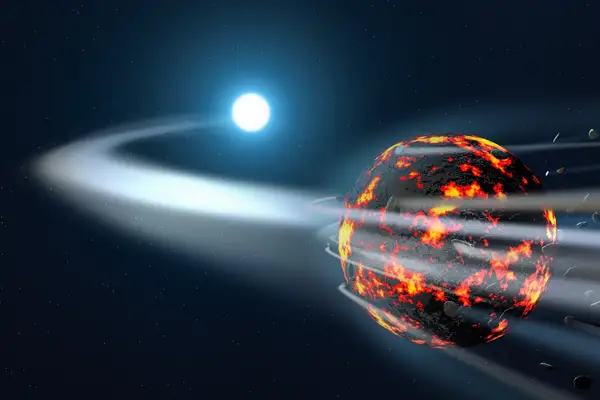
Comb jellies’ unique fused neurons challenge evolution ideas
Fused neurons suggest ctenophores’ nervous system evolved independently of that in other animals.
-

Tonga volcano eruption triggered ‘mega-tsunami’
Detailed analysis of the January 2022 event shows how underwater blasts generated huge waves that battered coastlines throughout the island nation.
-

Wheat disease’s global spread concerns researchers
Genomic analysis reveals that the wheat blast fungus spread independently from South America to two other continents.
-
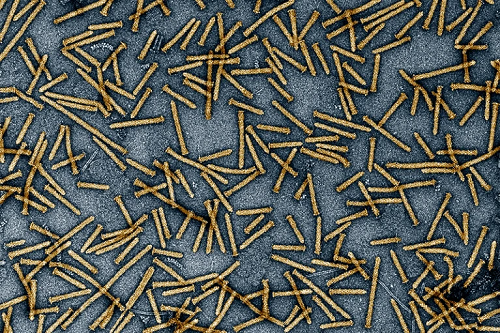
‘Astonishing’ molecular syringe ferries proteins into human cells
Technique borrowed from nature, and honed using artificial intelligence, could spur the development of better drug-delivery systems.
-
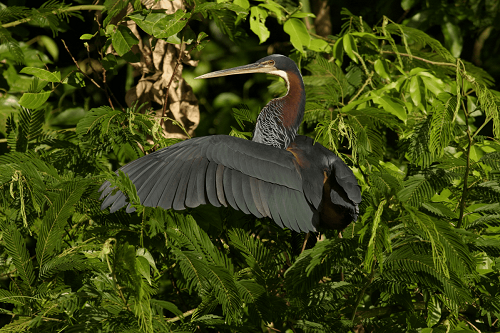
New maths formula answers long-standing party problem
How many invitees guarantee at least a certain number all know each other? Formula is first major improvement since 1935.
-
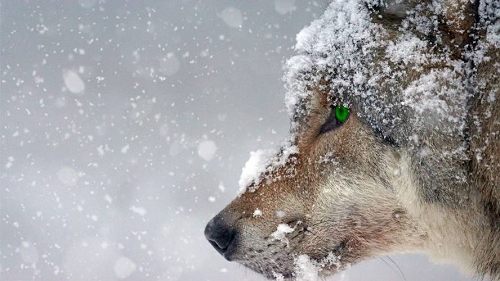
How do we smell? First 3D structure of human odour receptor offers clues
Finding could advance our understanding of how human olfactory proteins recognize specific scents, including the pong of ripe cheese.
